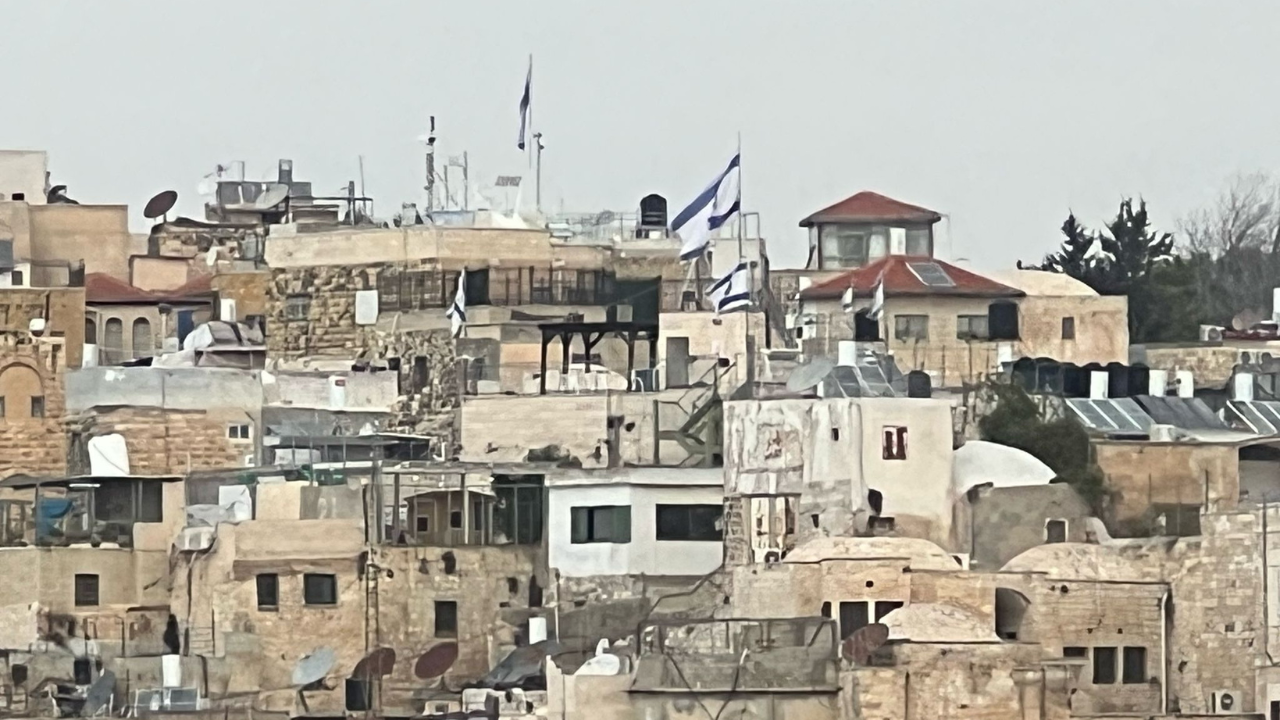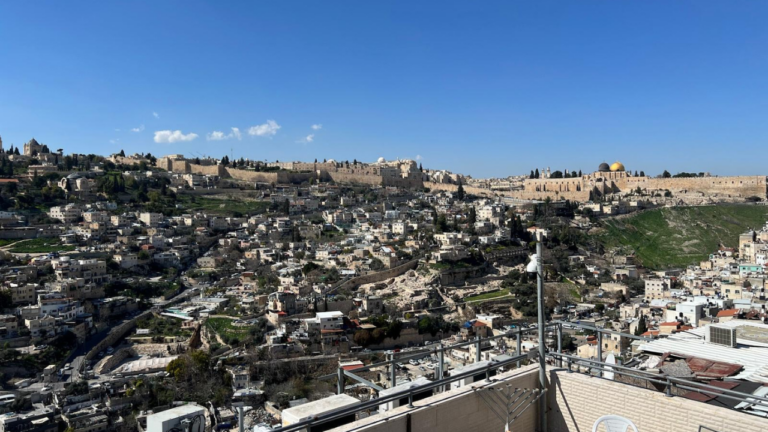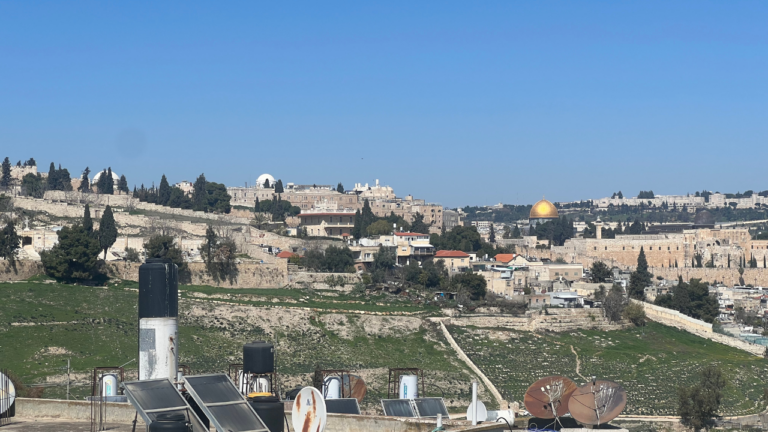From the Rooftops of Jerusalem
In the times of the Beit HaMikdash, two different forms of sanctified korbanot were offered on the mizbeach. Kodshei Kodashim, more sanctified korbanot such as Korban Chatat, could only be consumed by the kohanim within the azara (courtyard of the mizbeach) itself. (Pay close attention to this week’s parsha and you’ll notice several such examples mentioned in the pesukim.) In fact, the Gemara in several places makes clear that a kohen can only eat Kodshei Kodashim when he is literally on the ground of the azara. If he is on a roof or second floor structure, he is no longer considered to be within the courtyard and cannot eat the korban (Shavuot 17b, Pesachim 85b-86a). This is because the sanctity of the azara was confined to the ground itself; the airspace was not considered to be part of the sanctified area (see Ohr Sameach to Beit HaBechira 6:7).
In contrast to the more sanctified Kodshei Kodashim, the lighter sanctified korbanot known as Kodshim Kalim could be eaten anywhere in Yerushalayim. The Korban Pesach was a classic example of a Kodshim Kalim form of korban. While its slaughter and blood applications occurred in the courtyard of the Beit HaMikdash, the Jews would roast their Korbanei Pesach and take it to their individual residences to conduct their sedarim. As long as the Pesach did not leave the walls of Jerusalem, it could still be eaten.
However, what remains unclear is whether the Korban Pesach needed to be consumed on a ground level apartment. Was the airspace of Jerusalem sanctified and viewed as an extension of the ground? Or, like the azara of the Beit HaMikdash, was the kedusha limited to the ground level itself?
At first glance, the Gemara (Pesachim 85b) seems to clearly indicate that the Korban Pesach could only be eaten on a ground level apartment. The Gemara reports that Klal Yisrael would customarily eat the Korban Pesach inside and then ascend to the rooftops to sing hallel. The beautiful cacophony of countless families singing hallel made it seem as if the roofs were splitting asunder. It seems from this Gemara that any roof or elevated structure would be an invalid place for consuming the Pesach. This is why they only ascended to the rooftops upon completing their meals. This, in fact, seems to be the position of Tosafot (Shavuot 17b s.v. vein shochtin, but also see Tosafot to Makkot 12a with Maharasha).
However, the Rambam (Beit HaBechira 6:7), Rashba (Teshuvot 1:34), and Ra’avad all seem to assume that Kodshim Kalim can even be consumed on the roofs of Jerusalem. The Rambam makes no mention whatsoever of limiting the consumption of Kodshim Kalim to the ground level. Drawing from other Tannaitic and Talmudic sources (see the Ohr Sameach ibid), these great Rishonim clearly assume a major distinction between the sanctity of the azara and the sanctity of Jerusalem.
The kedusha of the Beit HaMikdash relates to the sanctity invested in it by Dovid and Shlomo. This kedusha comes from the ground of the Har HaBayit itself. The soil and stones that comprise the ground create an extremely unique kedusha. But it is specifically because of the power of this kedusha that it is more difficult to extend it. The sanctity cannot influence the airspace above it.
Not so Jerusalem. The holy city’s sanctity is not limited to the ground, but to everything that is within it. This is reflected in the fact that Jerusalem’s boundaries for kedusha are defined by its walls, not its ground. From a halachik perspective, walls separate a domain from everything that is outside it. We view walls as if they extend to the highest point of the shamayim.
This key distinction between the Mikdash and Jerusalem reflects something essential about Jerusalem. Every place and every single thing found within her walls comes in contact with her great sanctity. There is no part of Jerusalem that is devoid of her kedusha. Her special status ascends ad hashamayim and on. Hence, the Korban Pesach can be enjoyed anywhere, no matter how many floors up a residence may be.
May we merit to hear the beautiful sounds of hallel ringing from the sanctified rooftops of Jerusalem, speedily in our days.
מהרש”א חידושי הלכות מסכת מכות דף יב עמוד א
תוס’ בד”ה אילן שהוא כו’ עי”ל דמיירי אפילו באילן שענפיו מרובין ואויר כו’ עכ”ל כצ”ל ור”ל דלא אמרו דגגו לא נתקדש אלא באויר עזרה דלא הוי כעזרה אבל הכא אויר בירושלים הוי כירושלים ובספרים הגיהו בתוספות לאין צורך ודו”ק:



